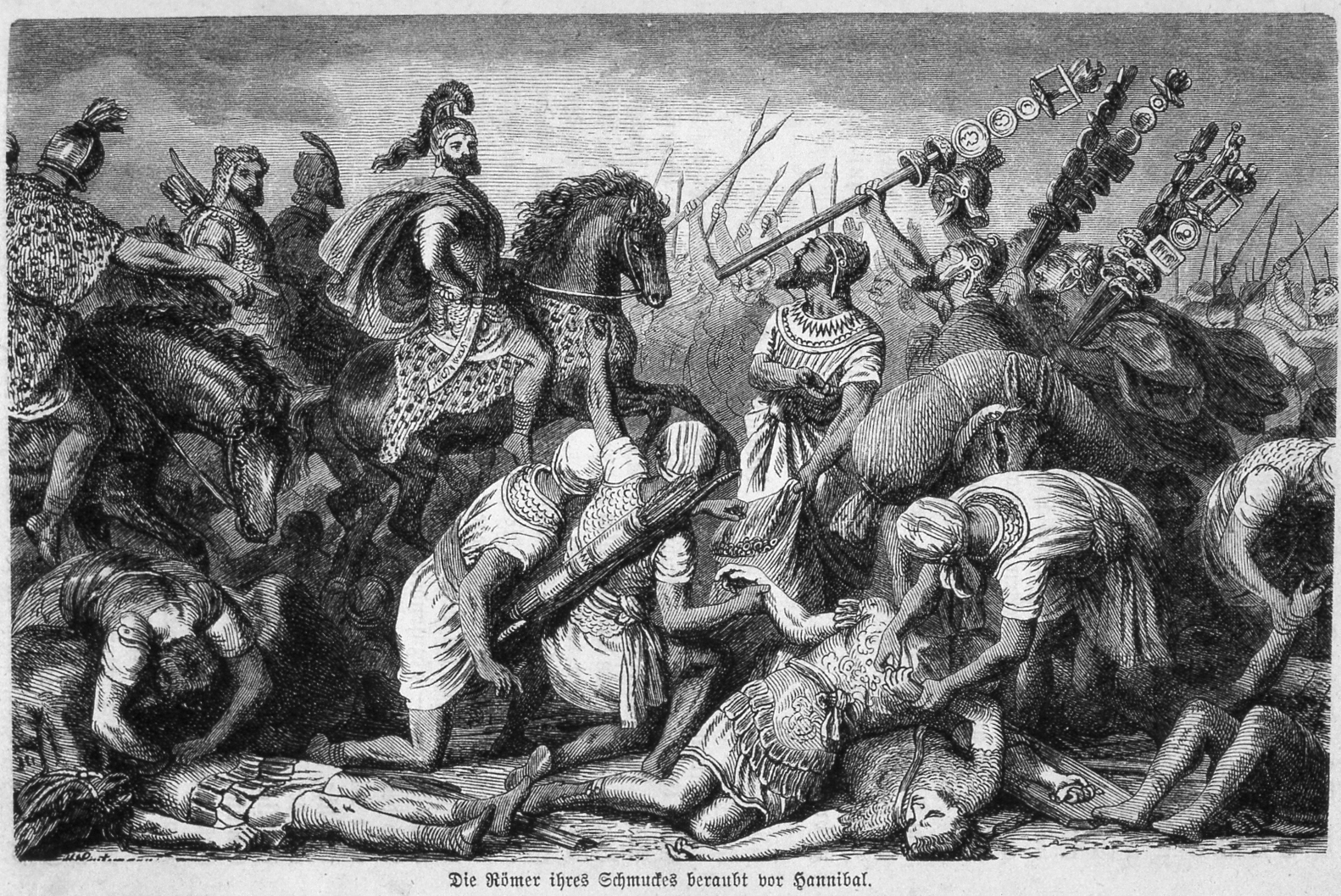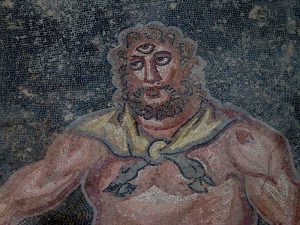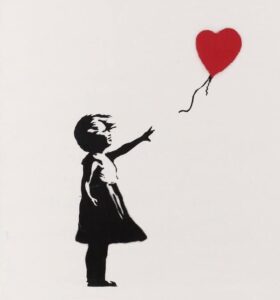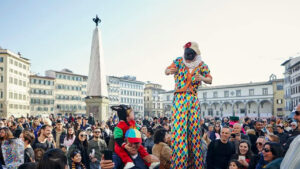The Battle of Cannae
8 min read
No battle that has ever taken place in history has the same importance for the skill demonstrated by a general, for the result achieved, and for the shock given to an enemy, as the Battle of Cannae. It was a perfect example of coordination, tactics and war timing that is still widely studied and analyzed nowadays in all military academies.
It was the greatest victory of the Carthaginian general Hannibal Barca, and the heaviest defeat of Rome. The ability of the former contrasted with errors and superficiality of the latter, in a chain of events that led to the greatest military triumph in history.
The city decided to return to the consular system, which only six months earlier had been considered completely unqualified for the progress of the conflict. The elections in March 216 were then called for the succession of Servilius and Regulus, to whom command of the legions had been restored. At that time, the two consuls were in Apulia near Calena, so that they could spend the winter with the army and pay attention to the moves of the Carthaginian general. The fear of committing some impudence or of a possible surprise move by Hannibal was so great that the two commanders did not even show up to the ceremony of transfer of power. That was an absolutely extraordinary fact in the history of Rome.
The general atmosphere in the city was characterised by daring and attack. The purpose was to win the battle in the shortest time, and that should have been an overwhelming victory, a revenge worthy of this name.
So the Senate decided to increase the number of legions from four (two per consul) to eight. It was an unheard mobilization in the history of the city, which symbolized a double attack power compared to Hannibal’s.
The choice of the consuls was not easy, but after numerous political collisions, was chosen for the popular party Caio Terenzio Varrone, and for the patrician one Lucio Paolo Emilio. The couple, however, were mismatched, and neither had the experience or the skill necessary to resolve such a delicate situation. Furthermore, there were immediately frictions between the two.
Meanwhile, Rome was organizing the general mobilization, the climate was refreshed by a new spirit of optimism. In fact, excellent news were arriving from the Spanish front. The troops of Publius Scipio and Gneo, as known as the Bald, had defeated several times the Carthaginian troops left by Hannibal led by his cousin Annone. The latter had been captured, while the Carthaginian fleet had been destroyed at the outfall of the Ebro. In addition, the young Hasdrubal, Hannibal’s brother, started to lose power and political stability in New Carthage.
All this, of course, was a cause of great worry for Hannibal, aware of the fragility of the situation. So he, like his Roman enemies, wished a battle, longed for another victory, even more important than the previous ones. The general, in fact, knew that the only way to conqueer Rome was to stir up his enemies and break his alliances on the peninsula. This would have happened only by demonstrating the weakness of the Roman army on the ground and showing everyone the fragility of the city.
For its part, Rome was sure of victory. In addition new legions were created and were also strengthened in the composition, with an increase of a thousand infantry, and a few dozen knights for each deployment on horseback. The same reinforcement had been implemented for the auxiliary formations of the allies. But if the Carthaginian general could have 40.000 men, the number of men that Rome could deploy at least was 90.000.
However, this important reinforcement did not correspond to a real improvement process. Certainly the legions were more numerous, but nothing had changed in the number of units, in the subdivision in the battle line, in the deployment, etc. The increase in strength had only made the legions heavier, less easy to control and significantly slower.
Moreover, the sector that most of all would have required improvements was not sufficiently considered. In fact, the number of cavalry units was even lower than the Carthaginians, which had already proved to be a very formidable weapon. The Roman army could count on 6,000 knights against Hannibal’s 10,000.
Furthermore, the new generation of Romans were mainly composed of elements that were too young, who had never seen a battle, or who had very little war experience. Nothing to do with Carthaginian soldiers, experienced, confident and strengthened by continuous victories.
But Rome was not thinking about this fact, instead they were focus on safety.
Before the beginning of the summer, Hannibal decided to move, leaving the field of Geronio and descending towards the south, in the rich Apulian plains, near a citadel called Canne, near a stream that still flows nearby today, the Aufidio (today called Ofanto). The two consuls did not reflect much about what to do and pursued their enemy, positioning the base camp on the opposite side of the stream. The Carthaginian position was decidedly favorable, and the general dominated the battlefield from a small hill.
The weather was muggy, the ground dry and dusty, the Volturnian wind (so called for its blowing from the peaks of Mount Vulture) carried immense masses of dust, which choked men and limited their sight.
Hannibal had chosen (as always) carefully the battleground, and the Romans had presented themselves as in his most optimistic hopes. His cavalry, rebuilt and stocked properly, could move easily across those big plains, and easy provisioning made Canne the ideal place for his men.
For a few days the two armies did not fight each other, limiting themselves to a few sporadic skirmishes. But on 2nd of August the battle was finally decided, which took place on the right bank in the south of the river.
Paolo Emilio would have studied the terrain better (too favorable to their opponents) and, perhaps, change position. But Varrone, lucky for the impatience of the soldiers, had the river forded on the evening of the first day of August and arranged the legions for the battle. The Romans positioned themselves with their backs towards the sea, the plain on the left side and the river on the right.
Before deploying his forces on the field, Hannibal took the time to better analyze the Roman moves, realizing how the centuries were extremely compact and massed in the center. It was clear that the Romans’ intention was to break through the Carthaginian lines. The same strategy used in the battle of the Trebbia, but with a number twice as high. However, the enemy line-up was too crowded on the river, crushing the modest cavalry contingent made up of Roman citizens commanded by Paolo Emilio. The Allied mounted forces led by Varro, on the other hand, were on the opposite flank. In that space of just two kilometers the 90,000Roman soldiers had no possibility of movement, while the cavalry was poorly distributed and with excessively separated forces.
Hannibal didn’t take long to decide.
The Carthaginian general had his army deployed on a single line, as long as the Roman one. However, he did not opt for a relaxed front, but arranged his soldiers in a convex line, showing the center forward, and keeping the wings behind, along with the cavalry. The Carthaginian deployment had the heavy cavalry of Gauls and Spaniards on the left, the Numidian cavalry on the right, while in the center were the Gallic troops, right at the tip of the curve, and on their sides the Libyan and Iberian veterans.
he line-up deployment by the Carthaginian general was as simple as brilliant. The Gauls placed in the center, less accustomed to pitched battle and poorly equipped, would have been the breakthrough point of the Roman army, and when the Gauls collapsed due to the collision with the legions, the Romans would have chased them, slipping into a bag. The Carthaginian wings, far back from the center, would have closed, trapping the opposing army on the sides. Finally, the cavalry, after defeating the Roman counterpart, would have completed the encirclement behind surrounding the Roman army.
The Battle of Cannae took place in the exact way it was theorized by Hannibal.
Raging on the Gauls, the Romans had allowed themselves to be encircled by the Carthaginians. The result was precisely what Hannibal had wanted
It was obviously a high-risk bet. If the Gauls had given up too quickly, the front would have split and the Carthaginians would have lost the battle. But General Barca’s calculations turned out to be perfect. When the Roman infantry attacked, the Gauls retreated and the wings.
Clausewitz defined Hannibal’s behavior in Canne as:
(…) that of a watch.
The Carthaginian cavalry was easily right on the one led by Paolo Emilio, who was slaughtered. The consul, however, escaping death, decided to throw himself in the center of the front to share the fate of the legions.
Even the Numidian cavalry easily defeated their adversaries, whose few survivors took a shameful escape. Consul Varro was at their head.
Having accomplished their first task, Hannibal’s cavalry attacked the Roman army from behind, completing the encirclement. The situation was now desperate.
Of course, the legions could have been saved by using sheer brute force, so as to limit the damage. But due to the disappearance of the commanders (Varrone escaped and Paolo Emilio fallen on the field) and the extremely tight spaces for maneuvering, they could not help but let themselves be slowly decimated.
Livio wrote that the Carthaginians:
(…) gave the losers the go-ahead only when they were tired of killing.
Hannibal’s victory in Canne was complete. His genius had prevailed.
The Carthaginian army counted approximately 5,000 dead, many of whom belonged to the Gallic formations. The Romans, on the other hand, according to the estimates reported by Livy, could count 49,000 fallen and 28,000 soldiers taken prisoner.
The Battle of Cannae was an unmatched example of triumph, military strategy and war tactics, which awarded Hannibal the title of one of the greatest generals ever. The course of the battle is still considered today as the most unattainable of the victories obtained on the field, as well as a jewel of the art of war.
Of that immense force that Rome decided to deploy, of those 90,000 men that the Republic opposed to its greatest enemy, the Carthaginian genius, Varrone brought back a miserable squad of seventy knights to Venosa. And while the Carthaginians were able to celebrate an unparalleled success, the city experienced its most serious and bitter defeat, leaving almost an entire generation of Roman citizens on the fields of Canne.

Globetrotter e multipod classe ’90, sono laureata in Lingue e Letterature straniere e coltivo una grande passione per gli scrittori ispanoamericani e angloamericani. Da che ho ricordi scrivo e ho unito la predisposizione alla scrittura all’interesse per lo sport collaborando dal 2009 al 2020 come redattore su testate giornalistiche online e cartacee a tema calcio. Pratico tiro con l’arco e boxe, ho scritto un libro e ho deciso di dedicarmi attivamente all’inclusione in ogni sua declinazione e accezione.







